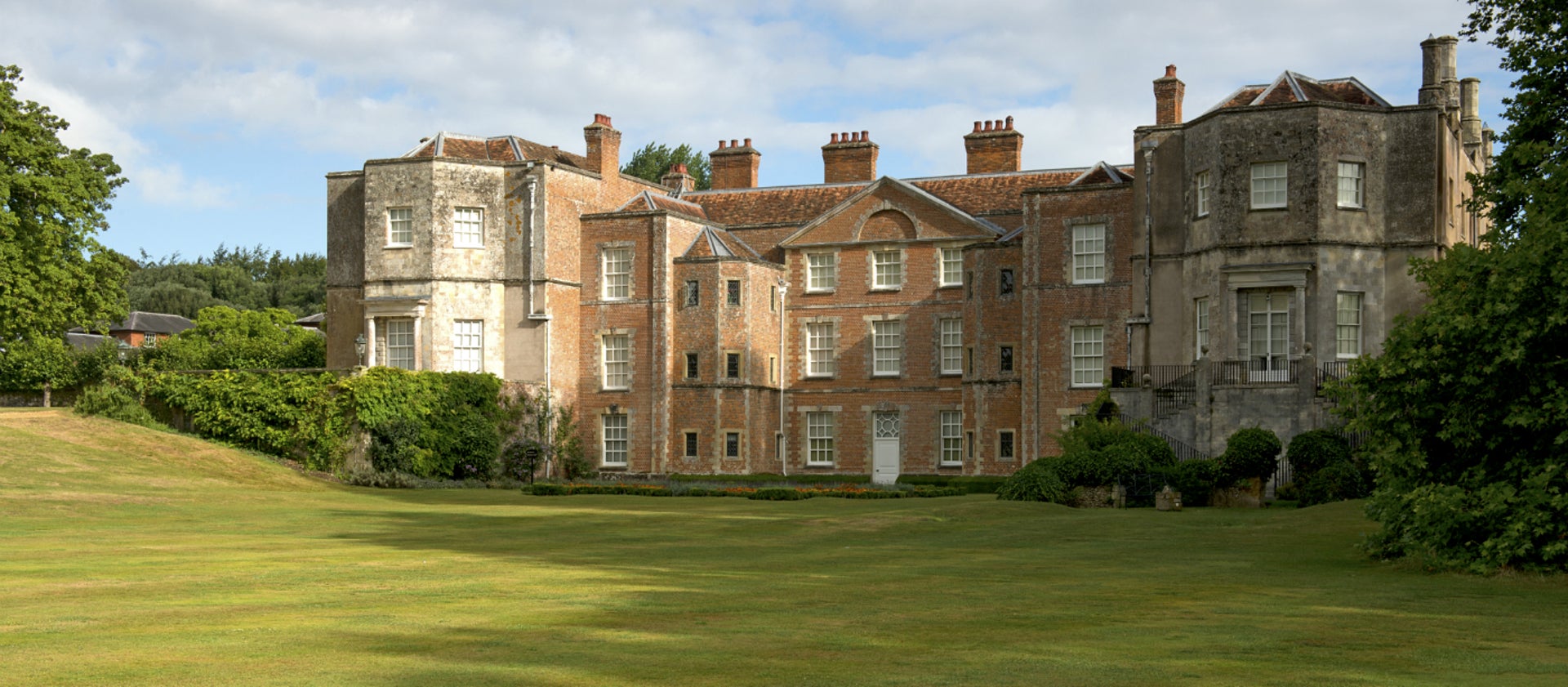West Yorkshire
Cornwall
Hampshire
Portsmouth – http://www.portsmouthlocal.info
Highlands
The Highlands is a historical region of Scotland. Culturally, the Highlands and the Lowlands diverged from the Late Middle Ages into the modern period, when Lowland Scots language replaced Scottish Gaelic throughout most of the Lowlands. The term is also used for the area north and west of the Highland Boundary Fault, although the exact boundaries are not clearly defined, particularly to the east. The Great Glen divides the Grampian Mountains to the southeast from the Northwest Highlands. The Scottish Gaelic name of A’ Ghàidhealtachd literally means “the place of the Gaels” and traditionally, from a Gaelic-speaking point of view, includes both the Western Isles and the Highlands.
The area is very sparsely populated, with many mountain ranges dominating the region, and includes the highest mountain in the British Isles, Ben Nevis. It is renowned for it’s natural beauty and is a popular subject in art.
The Highland Council is the administrative body for much of the Highlands, with its administrative centre at Inverness. It is the only area in the British Isles to have the taiga biome as it features concentrated populations of Scots pine forest and is the most mountainous part of the United Kingdom.
Tyne and Wear
Moray
Rose Gardens
Despite having left it a bit late this year, she wants to visit a rose garden.

And a quick search gave us three gardens in and around the South East. As well as a whole lot of questions which we will address, starting with Mottisfont.

Established as an Augustinian priory in 1201 it was transformed into a ‘grand house’ in the fifteen and sixteen hundreds and bequeathed to the National Trust 1n 1957 by Maud Russell.

The gardens house the National Collection of old-fashioned roses which bloom just once a year, in early summer. However the herbaceous borders provide a riot of colour until early autumn.
Agapanthus, geraniums and peonies mingle with pinks, lilies, phlox and nepeta. The centres of the borders are a mass of soft blues, pinks and whites, whilst stronger yellows, oranges and dark pinks draw your eye along the length of the border.

Home to many stately trees, which take on vibrant shades in the autumn months, make a good excuse for a walk on the pathways along the River Test.
Argyll and Bute
Argyll and Bute covers the second-largest administrative area of any Scottish council. The council area adjoins those of Highland, Perth and Kinross, Stirling and West Dunbartonshire. The administrative centre for the council area is in Lochgilphead at Kilmory Castle, a 19th-century Gothic Revival building and estate.
Scotland’s Adventure Coast. Explore Scottish places that are remote, secluded, unspoiled and wild. If you are a lover of space for calm and solitude or to have an exhilarating adventure, it’s all here for you on the west coast of Scotland, in abundance. Argyll and the Isles is a glorious coastal region of glittering sea lochs, islands, hills, forests and glens just waiting to be explored. Destinations that are distinct in character and offer a unique experience. From surfing to kayaking, quad-biking to mountain biking, get off the beaten track and find your own adventure.
Go island hopping, walk in the wilderness, breathe pure air, watch magnificent sunsets and see starry skies that will take your breath away. You’ll also discover incredible wildlife, a rich Highland history and fabulous local food. Dine on the freshest seafood and savour some of the world’s most famous Scotch whiskies.
Bordering Loch Lomond and the Trossachs to the East and stretches of islands out across the west coast, Argyll and Bute is one of Scotland’s most naturally diverse locations. Whether it’s the charming seaside haunt of Oban or the highlights of the Hebrides like Jura, Islay and Mull, there truly is something here for everyone who visits. Here, the beauty of nature is the foundation on which everything is built, from sandy beaches to dense forests to stretches of coastal wilderness that evokes plenty of drama. There’s plenty to see and do here. Soak in its expansive history at one of its many castles, see where 48 ancient Scottish kings were buried at Iona Abbey, or test your walking ability on the West Highland Way, which passes directly through Argyll & Bute.
South London
southlondonguide.co.uk
